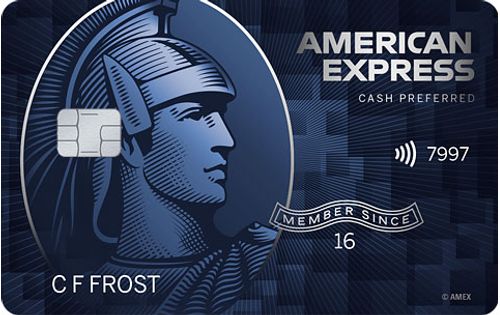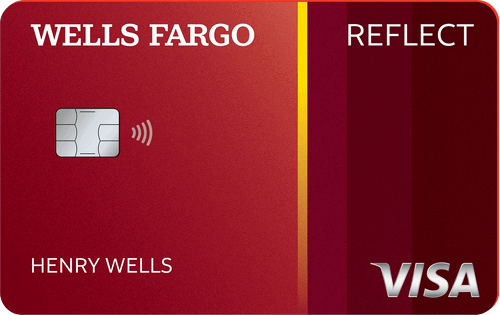WalletHub, Financial Company
@WalletHub
You can get cash back from a credit card by earning cash back rewards on purchases, or taking out a cash advance. However, most credit cards do not allow you to get cash back at the register when checking out at a store.
Cash rewards credit cards give you a percentage of your purchases back as a statement credit, check, or a deposit into your bank account. Cash advances, on the other hand, allow you to withdraw money from your credit line. Cash back rewards essentially have zero drawbacks, as long as they don’t lead you to overspend, whereas cash advances usually come with very high interest rates and fees.
For either option, it’s good to know what you’re getting into, so you can maximize the pros and dodge the cons.
How to Get Cash Back From a Credit Card
1. Cash back rewards:
Cash back is one of three major credit card rewards currencies, along with points and miles, and it is the simplest of the trio. You’ll generally earn at least 1% cash back on every purchase, or 1 cent for every $1 you spend. Some cards also offer higher rates in specific bonus spending categories.
2. Mobile payment app:
Applications such as Venmo and Cash App allow you to add your credit card for funding, and both charge a 3% fee every time you send a payment with a credit card to a person you’re connected with on the app. So, it’s possible to make a payment to a friend or family member in the app via your credit card and have the person give you that money in return, either as cash or as credit through the app. If you link your checking account to the app, you could then transfer the funds there and make an ATM withdrawal.
This method could potentially allow you to get cash from your credit card without paying a cash advance fee or a cash advance APR. That said, the Venmo website suggests that this could be seen this as a cash advance, so it’s best to call your card issuer and find out before trying this.
3. Cash advance:
A cash advance lets you use your credit card like it’s a debit card and take money out of an ATM. But there’s a huge catch. First, you’re going to have to pay a fee, often 3-5% of the amount you take out. And then, on top of that, the credit card company immediately starts charging you interest on both the balance and the fee, at a rate usually above 20%. That interest compounds daily, too, meaning interest applies each day to your principal balance and any unpaid interest and fees from previous days. In other words, cash advances are expensive.
To do a cash advance, you’ll either need to call the number on the back of your card to set up your PIN (which will make the card usable at an ATM), or go to a bank location associated with your credit card company and ask the teller in person. You will need to have your valid photo ID. You can also request credit access checks from your card issuer, which operate like normal checks except the funds come out of your credit line.
Cash advances in general are a pretty undesirable option, and you should only do one if you’re in an emergency and need cash right away. On the other hand, cash back credit cards are everywhere, and there’s no financial risk involved in using one responsibly.
Notable Cash Back Credit Cards
It’s also worth mentioning that cash back is the only type of reward that can’t be devalued by the credit card company, because you’re just earning money - $1 will always be $1.

People also ask
Did we answer your question?
Important Disclosures
Ad Disclosure: Certain offers that appear on this site originate from paying advertisers. For full transparency, here is a list of our current advertisers.
Advertisers compensate WalletHub when you click on a link, or your application is approved, or your account is opened. Advertising impacts how and where offers appear on this site (including, for example, the order in which they appear and their prevalence). At WalletHub we try to present a wide array of offers, but our offers do not represent all financial services companies or products.
Advertising enables WalletHub to provide you proprietary tools, services, and content at no charge. Advertising does not impact WalletHub's editorial content including our best picks, reviews, ratings and opinions. Those are completely independent and not provided, commissioned, or endorsed by any company, as our editors follow a strict editorial policy.



